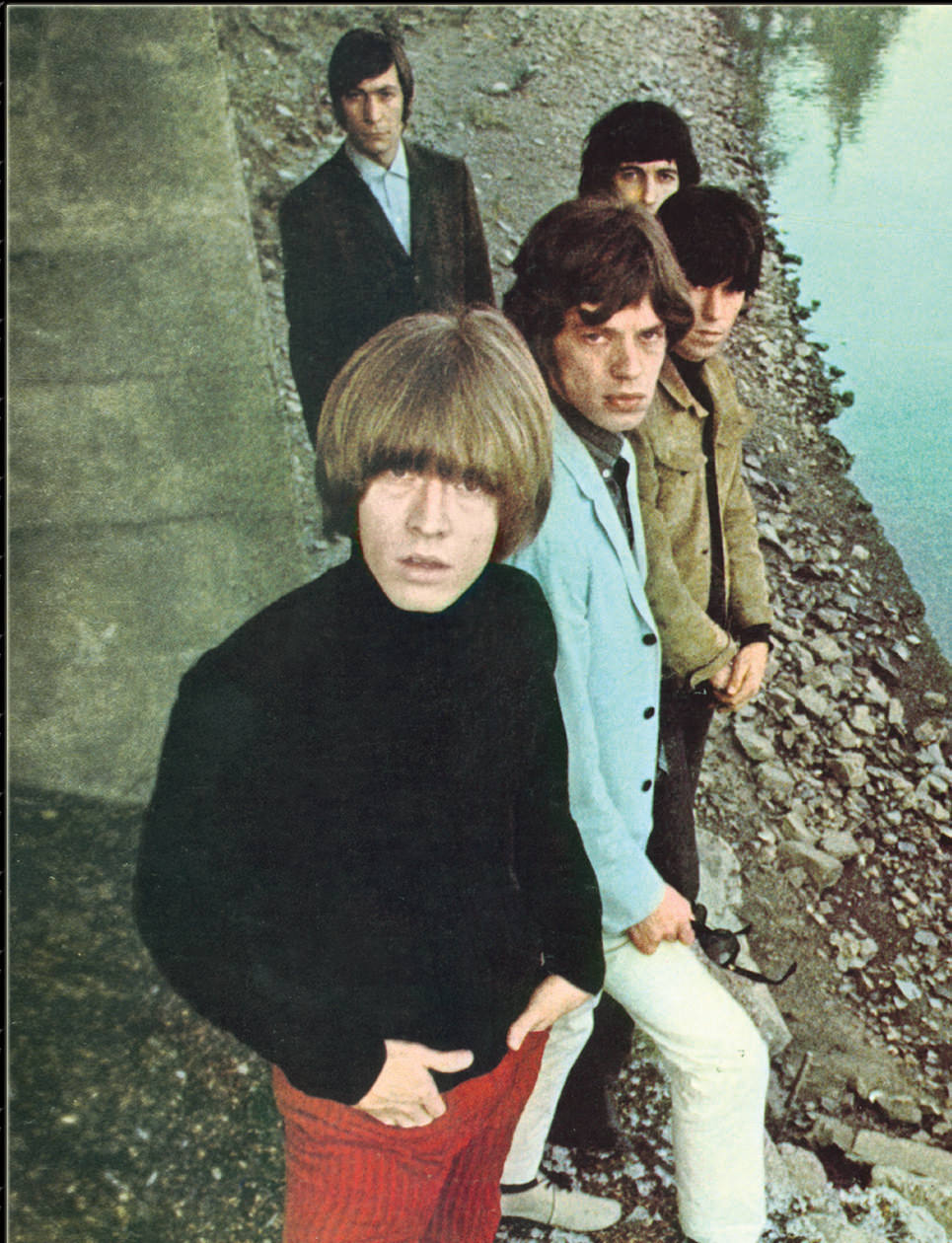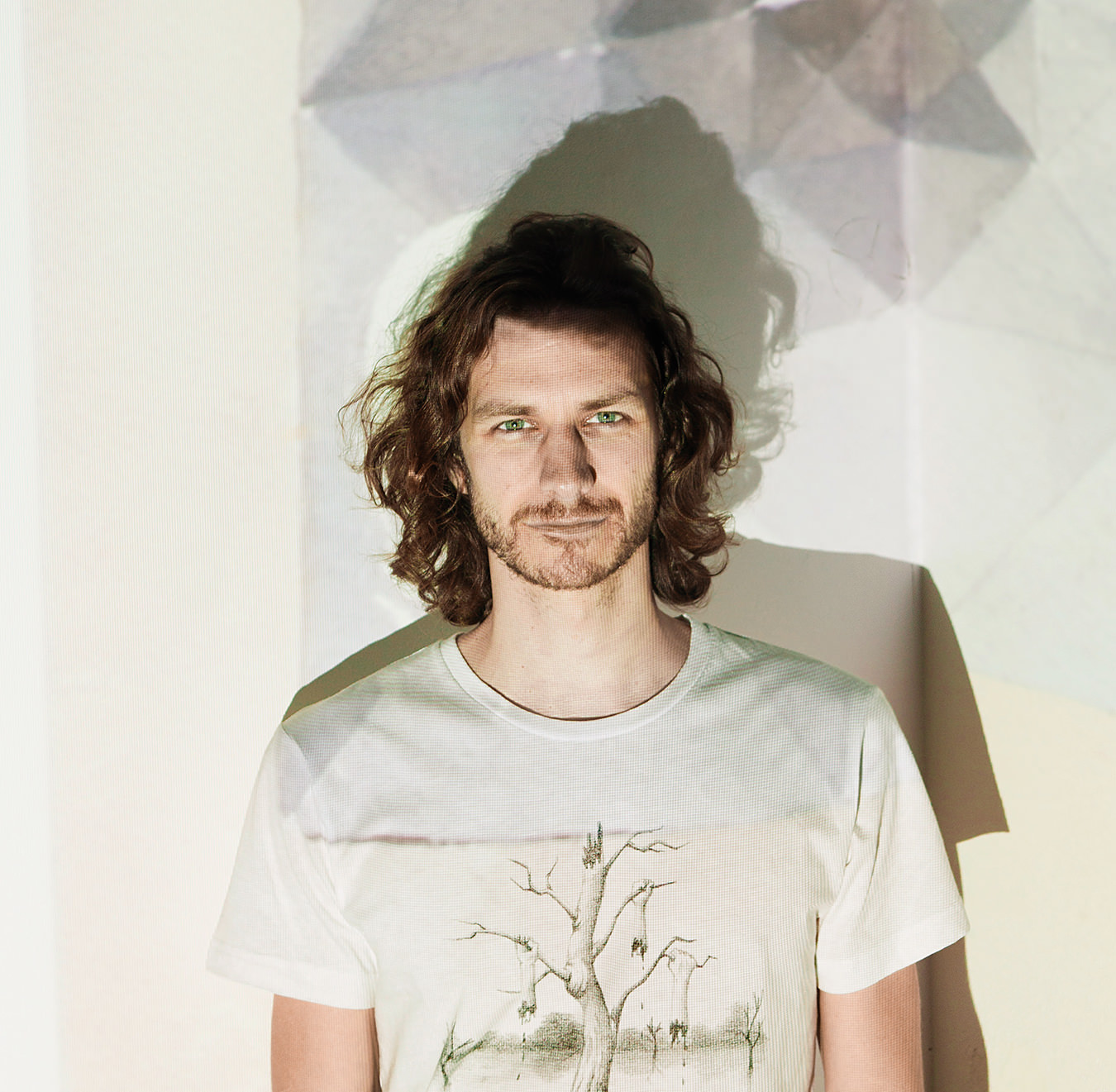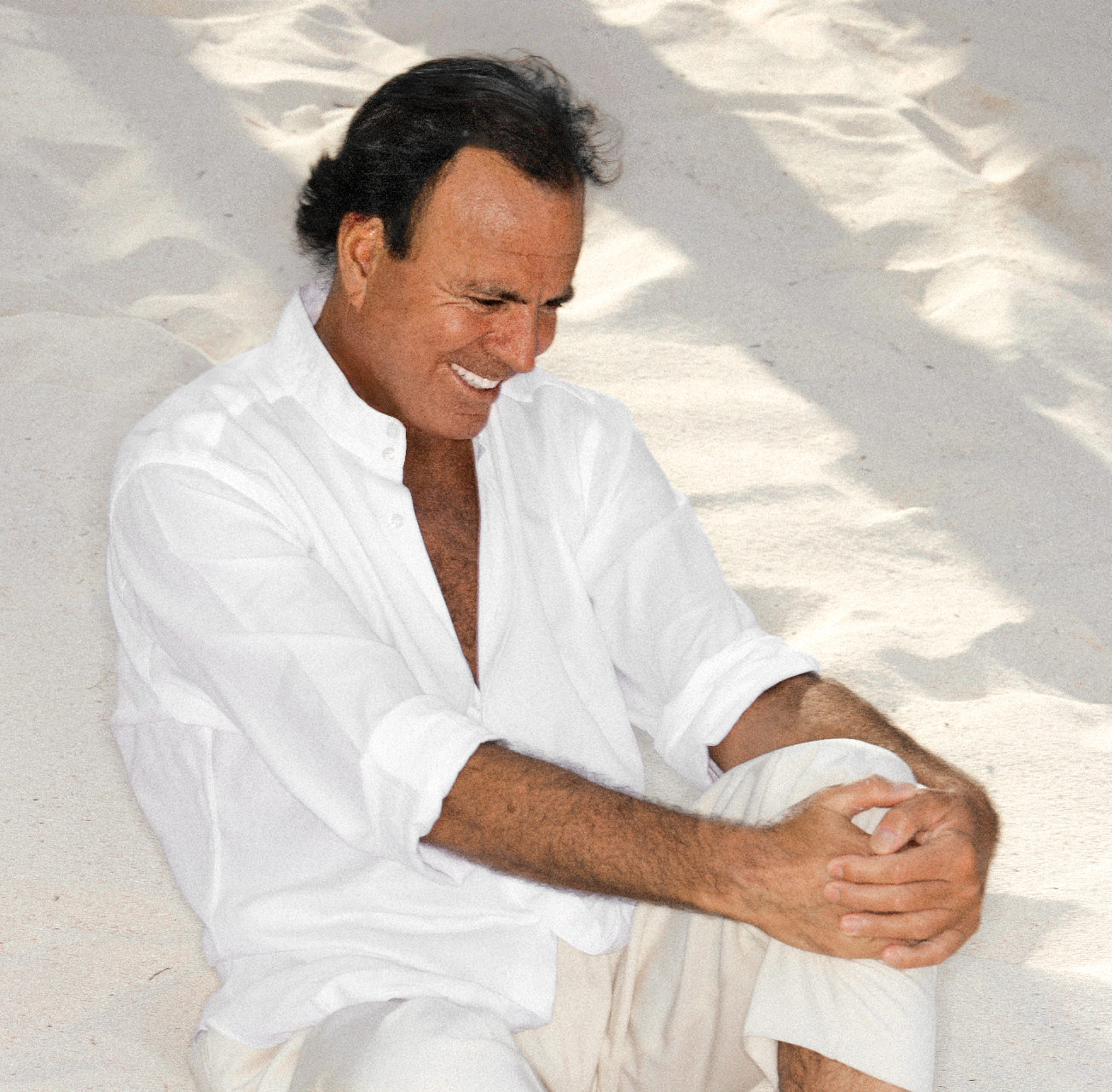The Beatles
Bill Eppridge resurrects his photos.
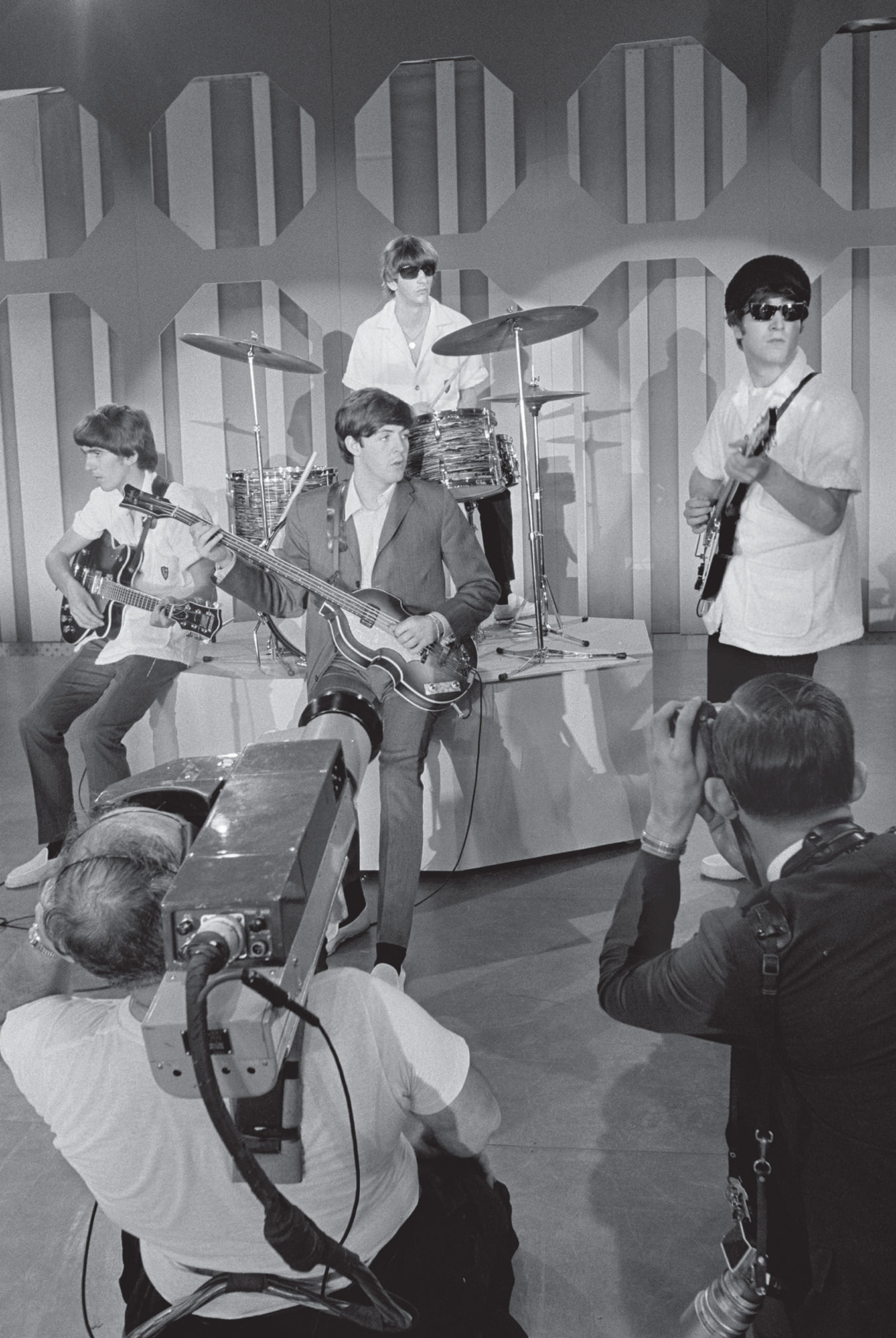
Oh oh, call the fumigator. The Beatles are back.
“Let’s all get up and dance to a song that was a hit before your mother was born, though she was born a long, long time ago.”
Not quite, but, if your mom or dad happened to have been born between the years 1945 and 1955 there’s a pretty good chance that when he or she was a wily teen somewhere out there in that bursting-at-the-seams post war North America, they probably bopped along to the clever melodies of the Beatles—undoubtedly the most famous pop band to ever blaze a trail through our collective [un]conscious. On February 7th, 1964, those very Beatles stepped from a jet liner at the recently re-christened JFK International airport, and into a wave of unheralded media euphoria. The British invasion had begun, and Life photographer Bill Eppridge was on the scene to capture all the hype and silliness that was Beatlemania.
The Beatles! Backstage and Behind the Scenes is a travelling exhibition of rare photographs by Eppridge of that short two week period in that year when the Beatles arrived in America to perform and meet the public. They played to audiences three times on this particular visit: Twice on The Ed Sullivan Show—once in New York and then again in Miami—and once to a crowd of amped-up teens in Washington D.C.
There’s no denying the impact television had on launching the careers of a number of bands and singers in the late 50s and on into the 60s, and certainly the importance of Ed Sullivan’s show to this effect is truly inestimable. Many a star did radio make in the world of song, but to add the element of visual to the mix was potent. It proved to be a driving force behind Elvis’ meteoric rise, and it would have the same effect on the snappy dressing lads from Liverpool. With his jerky movement; the hurl of his arm through the air; and his proclamation of “Ladies and gentlemen, the Beatles!” with his clearly enuciated “t”, Sullivan tossed out a cultural grenade whose explosion resonated for decades after its impact. For better or worse, (mainly worse) marketing has never been the same, and many a PR company would love to recreate this magical recipe once again for their respective clients in the world of pop music.
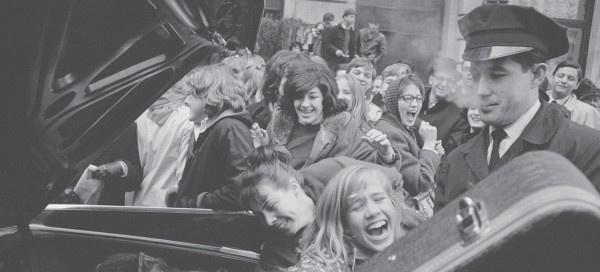
After hours waiting in the cold without sighting even one of the “Fab Four”, female fans rush The Beatles’ car settling for samples of luggage and equipment. The overwhelmed driver is at the right. Plaza Hotel, New York, February 1964.
It’s unlikely that will happen though, for there’s so much more involved with popular waves than the product itself. Zeitgeist is a hugely determining factor in this equation and this certainly played a part in the almost bizarre monster created by the Beatles’ arrival to America. Eppridge’s skill as a photo journalist is on full display here, and like the generation of ‘rock photographers’ to follow, like Jim Marshall, (or even Linda McCartney for that matter) wherein there is a demasking of celebrity in a quest for authenticity, Eppridge’s photos are clinical, removed, and observational. To quote: “I wanted to be a fly speck on the wall … to be invisible and grab things … to shoot what was really happening”. His photos capture a time and a place in the traditional sense of the phrase: they simply state what is happening, where it’s happening, and to a smaller extent, why it is happening. For those that were present during this time, the photos also ask of the viewer: What were you doing? Were you aware of what was going on? And more importantly perhaps, did you even care?
Quite a bit had indeed been going on prior to the Beatles arrival in 1964, and most of it wasn’t very good. A little over two months earlier, Kennedy was gunned down in Dallas on November 22, 1963, and in the years leading up to this tragedy, America was moving inexorably closer to a conflict in Vietnam that would eventually leave permanent scars on the psyche of a nation. If ever there were a people desperate for distraction it was America at this time; and they found it in the Beatles. Light, charming, and irreverent, the fab four’s playful words and movements suggested levity and ease in everything they said and did. Claiming to have never even heard of the word Beatlemania “til ten years later”, Eppridge stated that at the time, “people were looking for something … something they could get their hands on and agree with … something that wasn’t unpleasant; something to ameliorate the chaos”. He described the Beatles as “rock-star gentlemen”, but added that there was a great deal of skepticism when the band arrived, with a great deal of “criticizing these characters for things that today would be considered nothing”. Those “things” included pointy boots and the much commented upon mop-top hair styles. For shame.
The fact that the Beatles were some of the finest craftsmen of their trade at any time in history was purely incidental—the medium was the message in a very real sense in this instance, and Eppridge’s photos highlight this notion clearly. Nowhere is this more apparent than in the back stage photos of the Beatles rehearsing. Situated in what looks like the basement of the Deauville Hotel in Miami, the location for their second appearance with Ed Sullivan, the photos show the band with their instruments—presumably going through their numbers for a select number of reporters and hotel staff—dressed like they just strolled off the beach and out of the sun, which probably isn’t too far from the truth. Without the matching suits, and within this most unglamorous of environments, the Beatles look like so many garage bands of eras gone by: youthful, enthusiastic, and confident. It’s stripped down, and the general teeming of excitement for being young and wonderful is palpable and engaging.
The man that most clearly documented one of the worst moments in American history—the assassination of Robert Kennedy—notes philosophically, that “[you] have to be prepared for the worst that can happen … you ignore everything else and say you’ve got a job to do”. Arguably, this philosophy applies to the “best” that can happen in a culture as well, and though Eppridge’s photos of the Beatles may seem insignificant when placed against the more noteworthy events of the 60s, they highlight some of the lighter moments of a decade that had its fair share of turmoil and strife. So sing it again.
Photos courtesy of CBS Archives.


